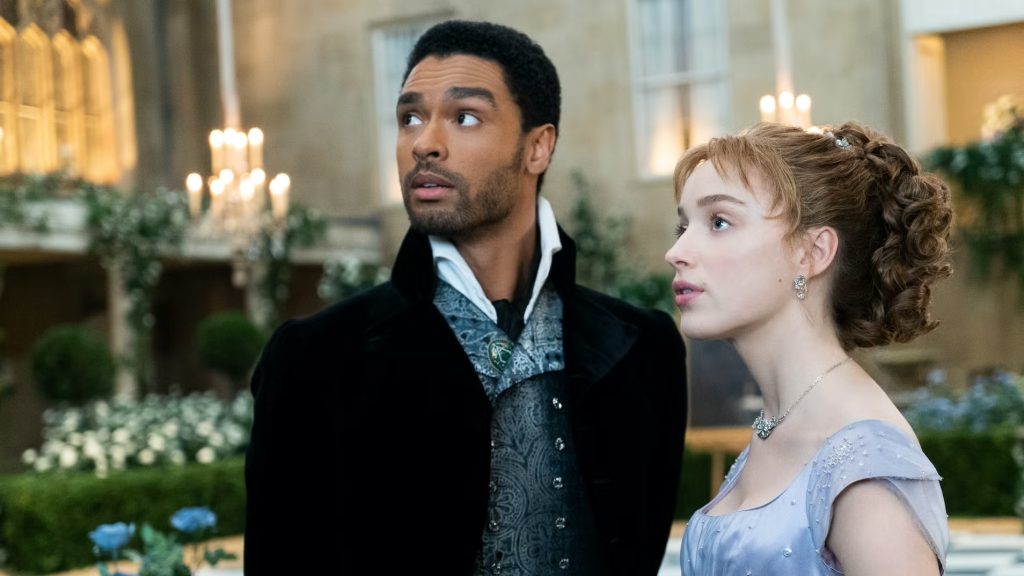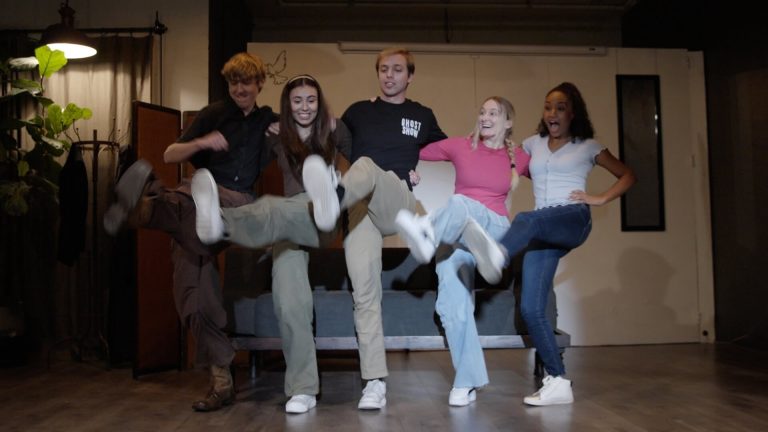Every great story begins with a hook, right? It’s all about that first impression—setting the stage, electrifying the atmosphere, and pulling the audience in like a moth to a flame. But what happens when that initial setup trips over itself? Picture this: your story kicks off and leaves viewers scratching their heads instead of leaning in. What if the ending you’ve meticulously crafted needs a dramatic shift to truly resonate? This is where the magic of teasers and tags comes into play. These clever narrative tools—often overlooked—hold the power to transform the tone entirely, offering a bridge between your story’s opener and its grand finale. Let’s dive into how these devices can refine your storytelling, create urgency, and ensure your audience is both engaged and eager for more. Ready to learn the art of mastering your first and last impressions? Click here to LEARN MORE.
Stories often come with a first impression that really sets the mood. If you’re lucky, your story will also have a great ending—something to stick in the audience’s mind and keep them interested after the credits roll. But what if the main story starts in a way that doesn’t set the mood?
What if your ending image needs to be a totally separate moment to really stand out? In screenwriting (and especially in writing television), that’s where teasers and tags come in handy.
The Teaser, Aka the Cold Open
“First impressions are everything,” your mother might have said. It’s true in storytelling, as well. Your firm handshake, your first hello to the audience, may benefit from a couple of different techniques that make up what we call “the cold open”—a prologue-like moment before the main narrative of the show begins.
Beginning In Medias Res
If your story involves a few beats before people get to the main concept—for example, showing a normal day for an upstanding family before disaster hits—then you may start in the middle of some action to get people invested.
The first few minutes of Breaking Bad are a prime example of this, as we start in the middle of the episode with Walter White’s urgent escape and a hint at some serious consequences. In fact, things have apparently gotten so dire that, in this teaser of the rest of the show, the audience sees Walter decide to record a final video for his family. Regardless of not having context, an audience can watch this state of urgency and be incredibly moved by it, feeling as if they need to see how it all ends or how it even began.
This is the magic of the in medias res action, or action that starts “in the middle of things.” A classic storytelling tactic first made famous by oral tradition, this is exactly the kind of thing that gets people invested before they decide to watch through the first act and on.
A Tonal Tastemaker
Even in shows without “all the action,” there are ways to use teasers or cold opens to give the audience something to latch onto. In the situational comedy genre, this often comes from a joke that plays out in the beginning—often self-contained—to fit the general mood and tone of the show or the episode in particular.
Whether a faux pas from The Office’s Michael Scott or the more story-specific Seinfeld standup routines that prelude each episode, there’s a way to make audiences prepared for the antics they’ll see in the show.
The same is true in shows with a “monster of the week” like Buffy the Vampire Slayer, where things at school may seem all fine in the first half of the story before a demon comes out of the woodwork. Shows like this will use teasers to remind audiences of the campy dangerousness that exists just around the corner, showing some teen couple getting eaten or seeing some scary ritual at work just before the incredible theme song rolls in with full force.
The Promise of a Question
Finally, a cold open can and should create a question to be answered within the narrative.
For “monster-of-the-week” shows, it’s often two questions: Who’s the big bad this week, and how will our heroes defeat them?
For a romantic comedy, the meet-cute won’t happen for a while—but teasers show the protagonist’s terrible breakup with their assumed soul mate, begging the question: Who will they wind up with?
The promise of such a question is also going to be central to the concept of your story while not every film or show will answer their questions in the same installment, having that question in their minds will help the audience identify with the characters, their struggles, and the world you’ve brought them into.
Read More: Two of the Most Important Storytelling Concepts You’ve Never Heard Of

‘Bridgerton’
The Tag, Aka the Stinger
Just like stories can have a moment removed from the main story to introduce audiences, a writer can use a similar moment at the end to guide them toward a specific conclusion.
Just like teasers, these tags can change the mood completely—like seeing a seemingly defeated villain show signs of life after the story “concludes.”
Tags or stingers can also raise more questions and even create the impression that there’s more to the story. The most famous examples of these in mainstream films might be the post-credit scenes of many Marvel Cinematic Universe movies—the sequel bait pointing to the same huge, decade-spanning question each time: How do these Marvel characters all relate to each other?
In fact, stingers that happen after the credits can sometimes be the most effective, creating a sense of resolution before showing the audience that not everything is as it seems.
Read More: The Top 10 Best Movie Endings of All Time
[embedded content]
When To Use Tags or Teasers
Depending on how you want to affect your audience’s experience, teasers or tags make a palpable difference.
Apart from the examples you’ve already read, here are more strategies for either element:
Setting Things Straight
Dramatic irony is a powerful tool in the right hands. Instead of developing the story in a way where the audience learns everything at the same pace, it can be powerful to give your viewers knowledge before or after the fact to make things a bit clearer—or even to make the possible truths more conflicting as the main characters remain in the dark.
In the pilot for The Boys, the tag challenges the commonly held belief that Homelander is a squeaky-clean supe with nothing to hide. Without spilling all the beans, the stinger shows what this superpowered mutant is really capable of, even setting the mood and sense of urgency for the rest of the show for seasons to come.
Presenting Motivations and Backgrounds
Characterization comes in all shapes and forms, from visuals that decorate a person to the way their dialogue and actions flesh out their personality.
However, one powerful way to characterize them is to see characters outside the context of the main story—to see what they are like before or after the events that the audience is about to experience.
In the cold open for the streaming network series Fallout, we see Cooper Howard before nuclear warfare devastated America—and we see him not as The Ghoul, but as a failed actor and father trying to make a living. This characterization, background, and internal motivation wouldn’t be easily presented in the main story set hundreds of years later. After all, he’s had a little time to undergo some changes. But because it’s important to the story overall, we still get to see Howard in his life before the bombs fell.
—
Every story has to make an impression. Usually, the first and last impressions are different, which means they both need to be handled with care.
That’s where a good teaser or tag can come in, directing the way that an audience interacts with the narrative.
What they know, what they feel, and what they understand is all up to the moments you include—so use these opportunities to control that knowledge and emotion however you need to!
Read More: What Is a Midpoint?





